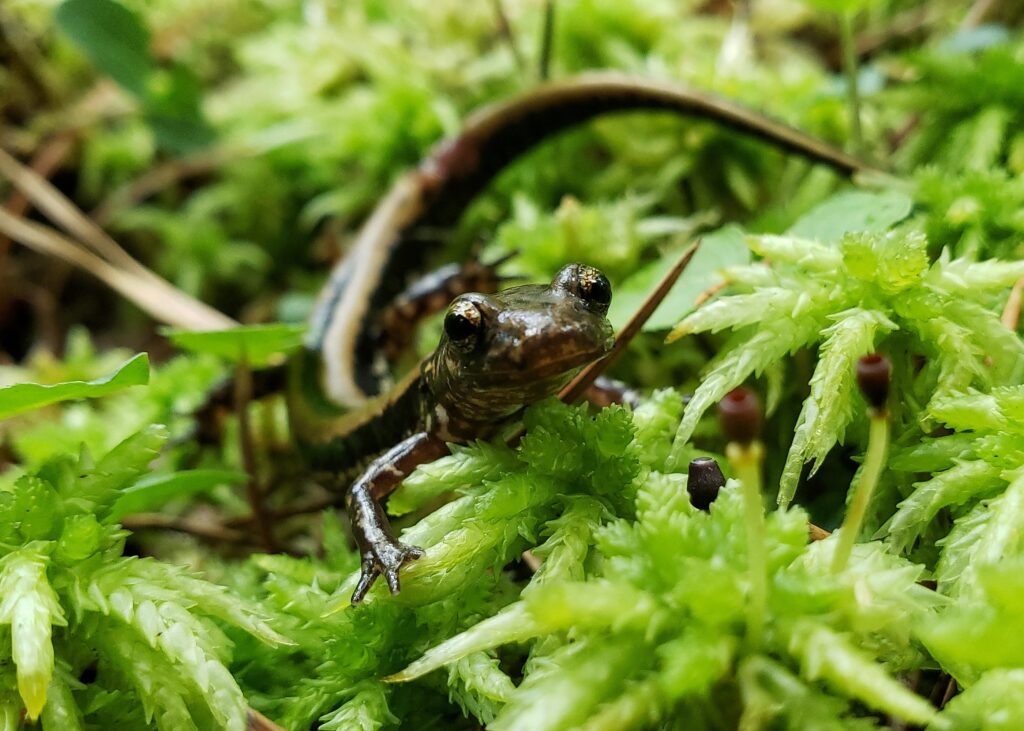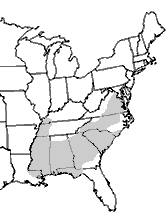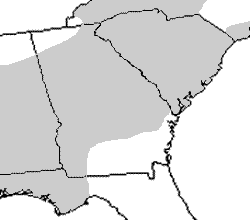Three-lined Salamander (Eurycea guttolineata)



Photos by Amanda Hurst unless otherwise noted
| Description: Three-Lined Salamanders are mid-sized, slender, stream salamanders, ranging from 4 – 6.25 in (10 – 15.9 cm). They are tan to light yellow with a long tail (2/3 of total body length) and three bold black longitudinal stripes running from the eyes to the tail. The underside is boldly marked with black and white marbling.
Range and Habitat: Three-Lined Salamanders are found throughout the Southeast, except for southern Georgia and most of Peninsular Florida. They may be found from the Coastal Plain to the mountains but are absent from high elevation areas of the Appalachians. Although nearly always found near water, Three-Lined Salamanders may be found in a variety of habitats. Favorite habitats include streams in bottomland hardwood forest and the edges of cypress swamps. Habits: Three-Lined Salamanders are most often found under wood, rocks, or other cover along streams or black water swamps. Most surface activity by this species occurs at night when they emerge to search for insects and other invertebrates to eat. Three-Lined Salamanders breed in the fall and winter but eggs have rarely been observed, suggesting that females may lay their eggs in subterranean sections of streams and seeps. Females attach eggs to the underside of rocks or other cover and apparently stay with the eggs until hatching. Larvae are aquatic and usually metamorphose in less than one year. Conservation Status: These salamanders are considered common and are not protected in our region. Pertinent Reference: Account Author: Jonathan Slone, University of Georgia – edited by J.D. Willson |
